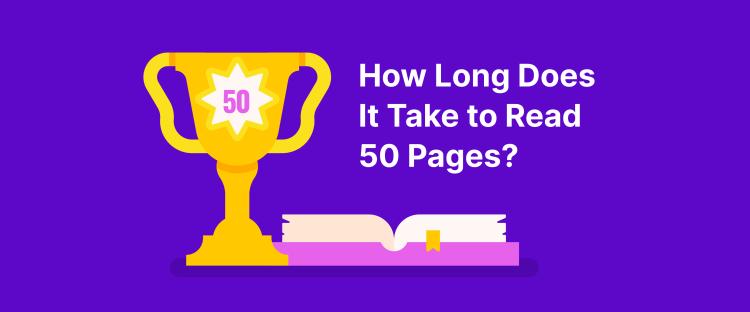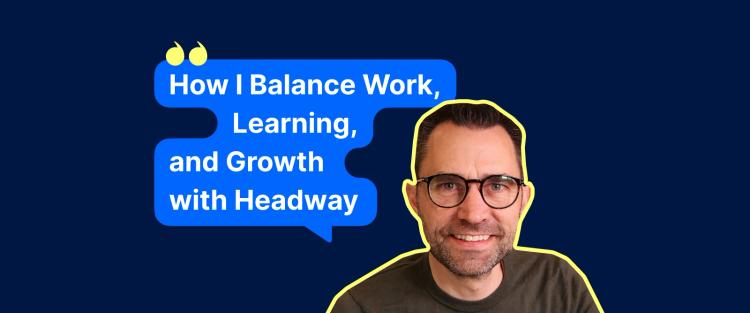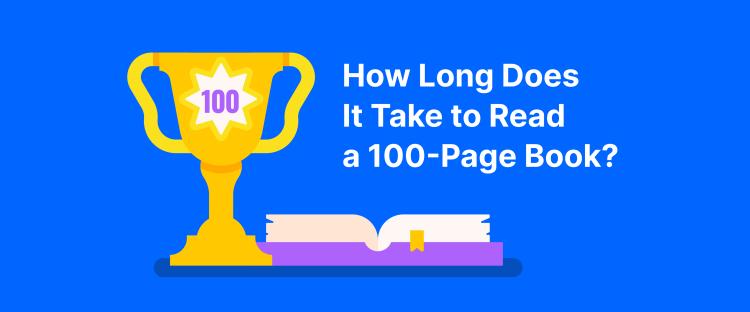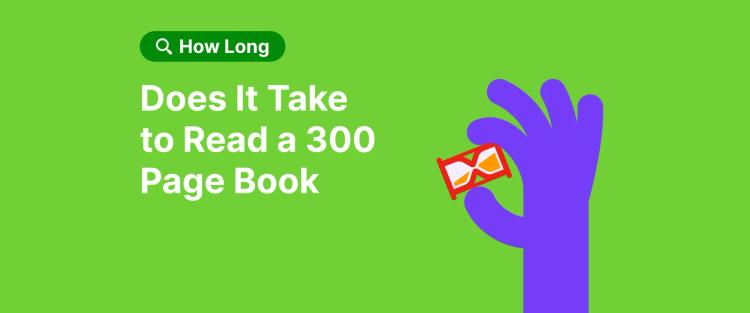Leer mejora tu vocabulario
Sumergirse en un buen libro es exponerse a un conjunto de palabras, descripciones e ideas. A medida que nos encontramos con palabras nuevas, sus definiciones y usos nos resultan más familiares. Esto puede ayudar a ampliar nuestro vocabulario y mejorar las habilidades comunicativas, creando conversaciones más impactantes.
Leer reduce el estrés
El estrés es algo habitual en nuestro acelerado mundo, pero que el tradicional hábito de la lectura puede ayudar a controlar. Según el diario The Telegraph, la lectura puede reducir los niveles de estrés hasta en un 68 %, más que otros métodos probados como dar un paseo, jugar a videojuegos o beber una taza de té.
¿Cuánto lee la persona promedio?
Es una pregunta compleja si tienes en cuenta los muchos factores que pueden determinar su respuesta. Leer es una parte fundamental de la vida moderna, algo que hacemos todos los días. Desde las señales de la calle hasta los carteles y revistas, aprendimos esta habilidad de pequeños y no hemos dejado de usarla desde entonces. Algunos podrían argumentar que los seres humanos leen tanto que es imposible medirlo; después de todo, ¿quién podría detenerse de forma realista cada vez que lee para llevar la cuenta?
Según las estimaciones, la persona promedio lee unos miles de palabras al día. Esto forma parte de la vida cotidiana, como el uso casual de las redes sociales, el correo y los mensajes de los amigos. Pero cuando se trata de hábitos intencionados como los libros, lo que la mayoría de la gente considera «lectura» en su forma más valiosa, las cifras son mucho más variadas.
Muchos adultos no leen libros con regularidad. Los datos de una encuesta reciente del Pew Research Center informan de que aproximadamente una cuarta parte (23 %) de los estadounidenses no lo ha hecho en el espacio de un año. De los que leen, aproximadamente el 64 % afirma haber leído al menos un libro en los últimos 12 meses. La media nacional del país se sitúa actualmente en unos 12 por persona y año, aunque algunas poblaciones superan a otras.
Las mujeres, por ejemplo, leyeron un promedio 15,7 libros en 2021, mientras que los hombres leyeron un promedio de 9,5. En general, los estadounidenses leen 16,8 minutos al día, aunque los mayores de 75 años lo hacen durante más del doble de tiempo, 40 minutos. Ciertos países como India, Tailandia y China aventajan a todo Estados Unidos con totales diarios de más de una hora.
Los expertos creen que estas discrepancias en los índices de lectura se deben a factores como la cultura, el estilo de vida y el interés personal. Las distintas regiones del mundo tienen sus propias normas, por lo que los libros pueden ser más prioritarios en unas que en otras. Muchos países conectados han visto disminuir la popularidad de la lectura a medida que la tecnología se apodera de la atención de los ciudadanos. El aumento del uso de las redes sociales en EE.UU. se achaca sobre todo a la falta de interés de los jóvenes.
Los elementos socioeconómicos también influyen. La lectura se ha considerado durante mucho tiempo una medida clave de la educación, y aunque se calcula que más de cuatro de cada cinco personas saben leer en todo el mundo, esta proporción puede ser menor en los países menos avanzados.

¿Cuánto lee una persona promedio?
Esta es una pregunta complicada si consideramos los muchos factores que pueden influir en la respuesta. La lectura es una parte fundamental de la vida moderna; algo que hacemos todos los días. Desde señales de tráfico hasta carteles y revistas, aprendimos a leer cuando éramos niños y no hemos dejado de hacerlo desde entonces. Algunos podrían argumentar que los humanos leen tanto que es imposible medirlo — después de todo, ¿quién podría detenerse cada vez que lee algo para llevar un registro?
Promedio de libros leídos por año
Muchos adultos no leen libros con regularidad. Según el Centro de Investigación Pew:
Aproximadamente el 23% de los estadounidenses no leyó ni un solo libro en el último año.
Mientras tanto, el 64% leyó al menos un libro, y el promedio nacional es de alrededor de 12 libros por persona al año.
Desglose por demografía
Mujeres: 15,7 libros/año
Hombres: 9,5 libros/año
Tiempo promedio de lectura en EE. UU.
Promedio general: 16,8 minutos/día
Personas de 75 años o más: 40 minutos/día
Mayores lectores del mundo
India, Tailandia, China: más de 1 hora/día
Promedio de libros leídos por añoMuchos adultos no leen libros con regularidad. Según el Centro de Investigación Pew:
Aproximadamente el 23% de los estadounidenses no leyó ni un solo libro en el último año.
Mientras tanto, el 64% leyó al menos un libro, y el promedio nacional es de alrededor de 12 libros por persona al año.
Desglose por demografía
Mujeres: 15,7 libros/año
Hombres: 9,5 libros/año
Tiempo promedio de lectura en EE. UU.
Promedio general: 16,8 minutos/día
Personas de 75 años o más: 40 minutos/día
Mayores lectores del mundo
India, Tailandia, China: más de 1 hora/día
¿Por qué algunas personas leen más que otras?
Los hábitos de lectura varían según el estilo de vida, la cultura, los intereses y los factores socioeconómicos.
1. Tecnología y estilo de vida
En regiones con un alto uso de tecnología, como EE. UU., la atención suele desplazarse hacia las pantallas y las redes sociales. Esto contribuye a una disminución del interés por los libros, especialmente entre los jóvenes.
2. Cultura y educación
Los países que priorizan la educación y la alfabetización suelen mostrar un mayor compromiso con la lectura.
3. Factores socioeconómicos
El acceso a los libros, el nivel educativo, los ingresos y el tiempo libre influyen considerablemente en los hábitos de lectura.
Aunque se estima que más de cuatro de cada cinco personas en el mundo saben leer, esta proporción puede ser menor en países menos desarrollados, lo que reduce los niveles generales de lectura.
Preguntas frecuentes
¿Leer 20 libros al año es mucho?
Sí, leer 20 libros al año es más de lo que lee el adulto medio en Estados Unidos. Según encuestas realizadas el año pasado, la mayoría en ese país lee alrededor de 12. Leer 20 libros te sitúa por encima de la media, especialmente si compaginas el trabajo, la familia y otras obligaciones.
Para muchos usuarios de Goodreads, leer 20 libros es un reto de lectura habitual. Tanto si prefieres el Kindle, como si te inclinas por los libros físicos o una combinación de ambos, leer de forma constante a este ritmo demuestra que vas por buen camino para convertirte en un ávidolector. Unirte a un club de lectura también puede ayudarte a mantener la motivación.
¿Es impresionante leer 50 libros al año?
Por supuesto. Leer 50 libros al año —casi uno por semana— se considera impresionante, incluso entre lectores rápidos y entusiastas de Goodreads. Este ritmo requiere compromiso, estructura y una sólida lista de lectura, a menudo seleccionada entre favoritos, novedades en TikTok o listas de los mejores libros compartidas en comunidades.
Muchos lectores ávidos de Amazon o Kindle lo consiguen combinando géneros —por ejemplo, ciencia ficción, autoayuda y biografías— e incorporando audiolibros o aplicaciones con resúmenes de libros a su rutina diaria.
¿Es posible leer 500 o incluso 1000 libros en un año?
Técnicamente, sí, pero no sin ayuda. Leer 500 o 1000 libros completos en un año es algo extremadamente raro y suele estar limitado a lectores rápidos, investigadores o personas que utilizan aplicaciones de resúmenes. La mayoría de los grandes lectores que afirman alcanzar esas cifras se basan en los resaltados de Kindle, repasos rápidos de libros físicos o en aplicaciones como Headway y Blinkist para conocer las ideas clave en solo unos minutos.
Otros utilizan una combinación de suscripciones a audiolibros y pódcast para complementar la lectura tradicional. Si tu estantería incluye novelas cortas o resúmenes de no ficción, es más factible alcanzar un número elevado, aunque no es lo habitual.
¿Cuántos libros puedes leer realmente a lo largo de tu vida?
La respuesta depende de cuándo empieces a llevar el registro y de la constancia con la que leas. Si lo inicias a los 20 años y lees 20 libros al año hasta los 80, eso supondrá aproximadamente 1200 a lo largo de tu vida. Goodreads te permite controlar fácilmente tu progreso, mientras que plataformas como Amazon y Kindle pueden realizar un seguimiento automático de tus estadísticas.
Si creas una lista de lectura personal que incluya tanto géneros entretenidos o ligeros, como la ciencia ficción, junto a otros más complejos, como la no ficción, completarás una estantería respetable y, probablemente, tendrás una idea clara de cuáles son tus favoritos.
¿Cuántos libros lee Bill Gates al año?
Bill Gates ha contado en entrevistas, blogs y pódcast que lee unos 50 libros al año. Sus recomendaciones suelen encabezar las listas de los mejores libros sobre negocios, tecnología y desarrollo global. Muchos de ellos acaban en las comunidades de Goodreads, en la lista de los más vendidos de Amazon y en las colecciones de Kindle.
El magnate mantiene una lista de lectura y lee principalmente libros físicos, a los que a menudo añade notas en los márgenes. Su actitud demuestra cómo incluso la gente más ocupada puede sacar tiempo para leer, especialmente cuando es un hábito de toda la vida y no solo un objetivo.
¿Cuántos libros lee una persona de media al año?
Aunque las cifras varían con el tiempo y entre los estudios que las publican, se estima que una persona lee una media de 12 libros al año. Esto puede variar en función de datos demográficos específicos, regiones y niveles de alfabetización.











